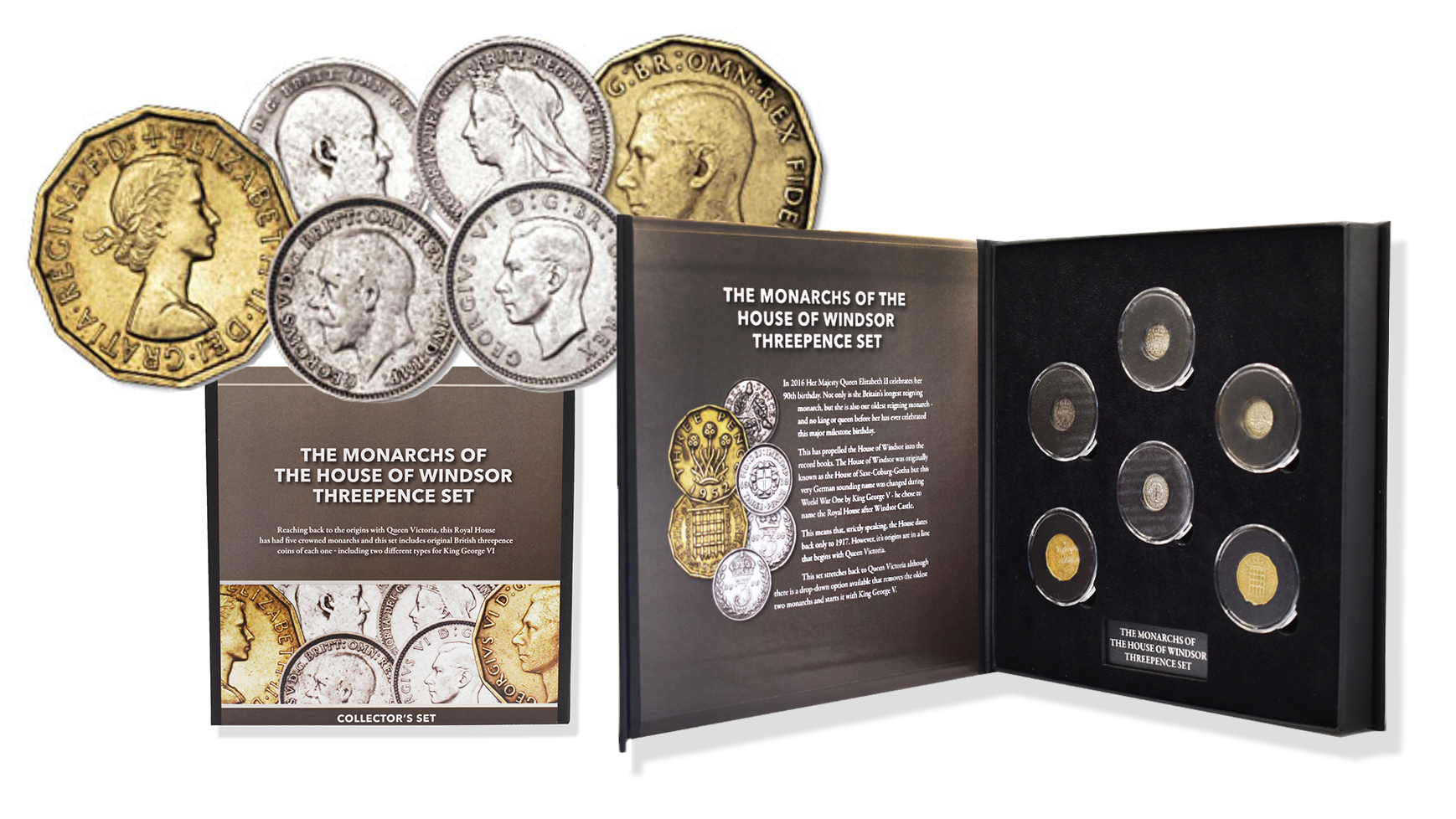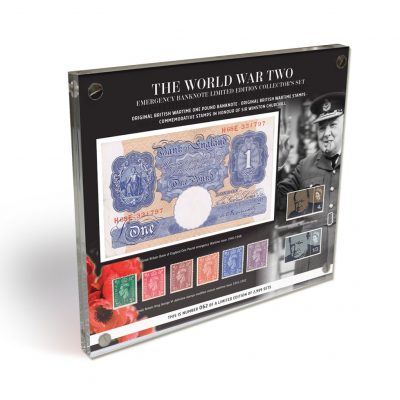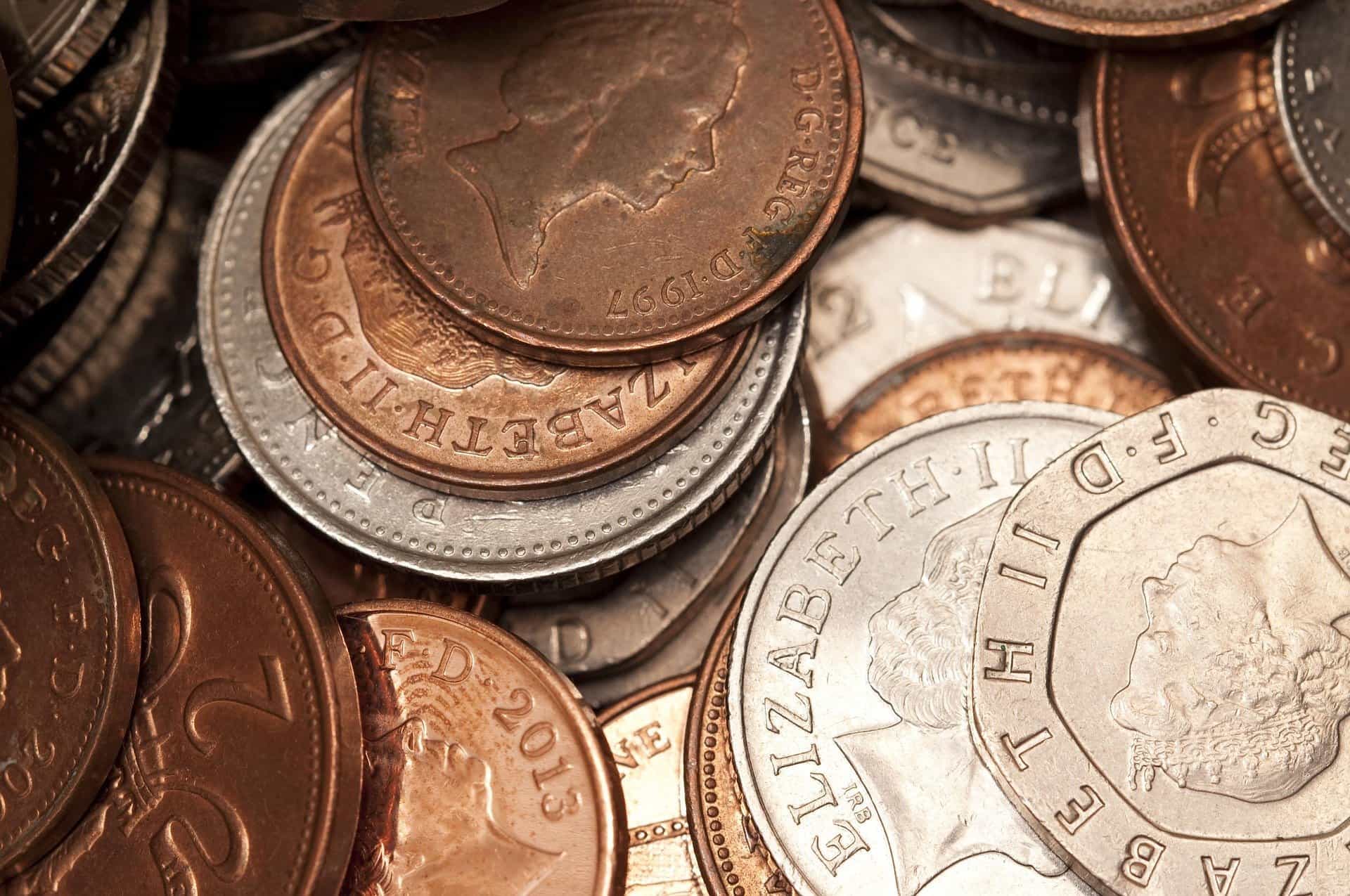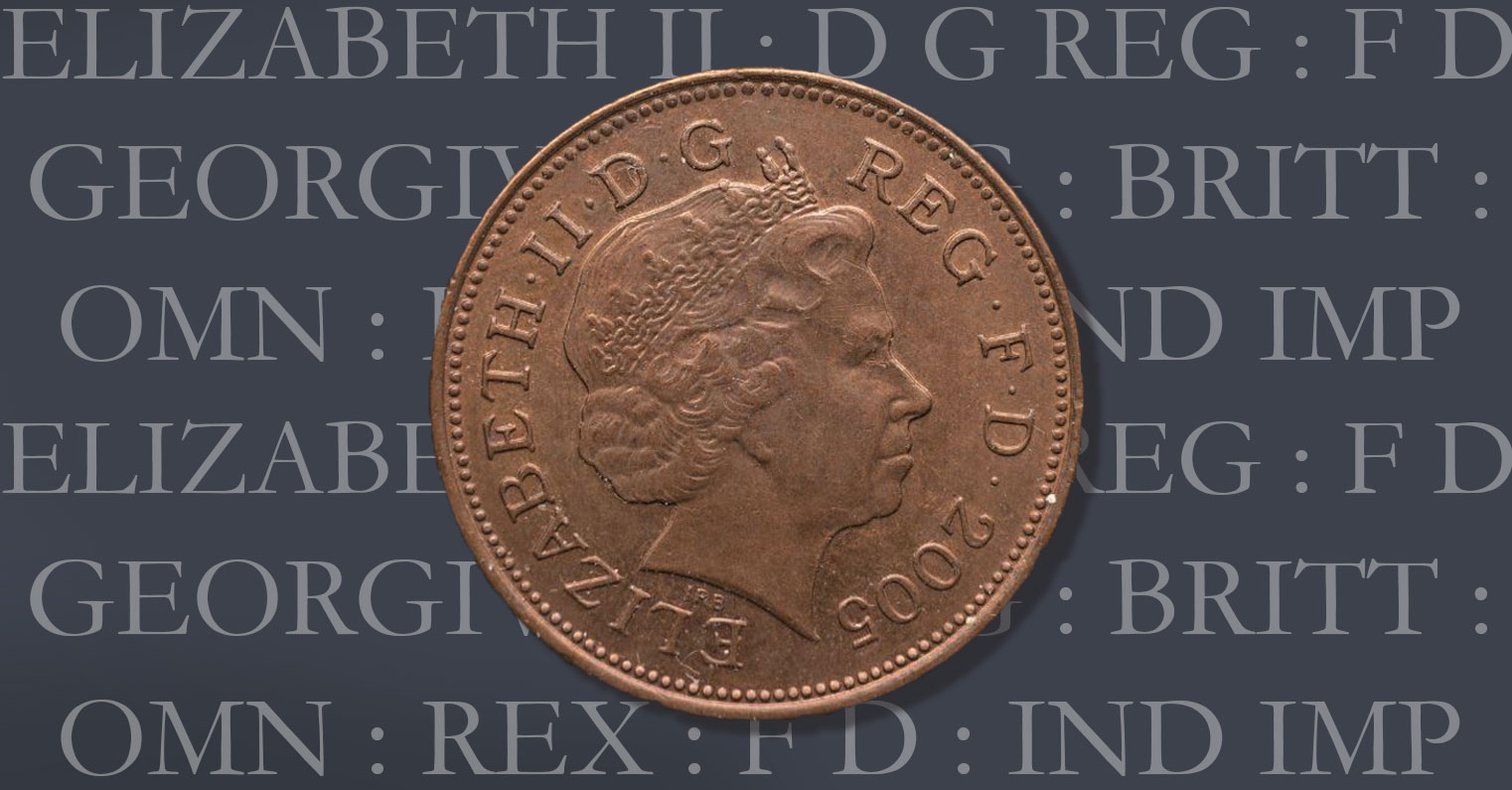
The Threepence or “Thruppence” or “Thrupenny Bit”, as it has often been referred to, is one of the most recognisable coins in British coinage. It has a long history, with many different monarch’s portraits adorning its obverse, and numerous different designs to its reverse. Here we specifically take a look at the coin from the reign of Queen Victoria through to it ceasing to become legal tender due to Decimalisation in 1971.

 The WWII Emergency Banknote and Stamp Limited Edition Set
The WWII Emergency Banknote and Stamp Limited Edition Set Diana, Princess of Wales was a cultural icon and an inspiration to many for her humanitarian and charitable work throughout her life. And while she was only part pf the Royal Family for a relatively short time, she quickly forged a valuable and modern role for herself; with the changes she made still being felt today. This year we reflect on Diana’s life, on what would have been her 60th birthday…
Diana, Princess of Wales was a cultural icon and an inspiration to many for her humanitarian and charitable work throughout her life. And while she was only part pf the Royal Family for a relatively short time, she quickly forged a valuable and modern role for herself; with the changes she made still being felt today. This year we reflect on Diana’s life, on what would have been her 60th birthday…


